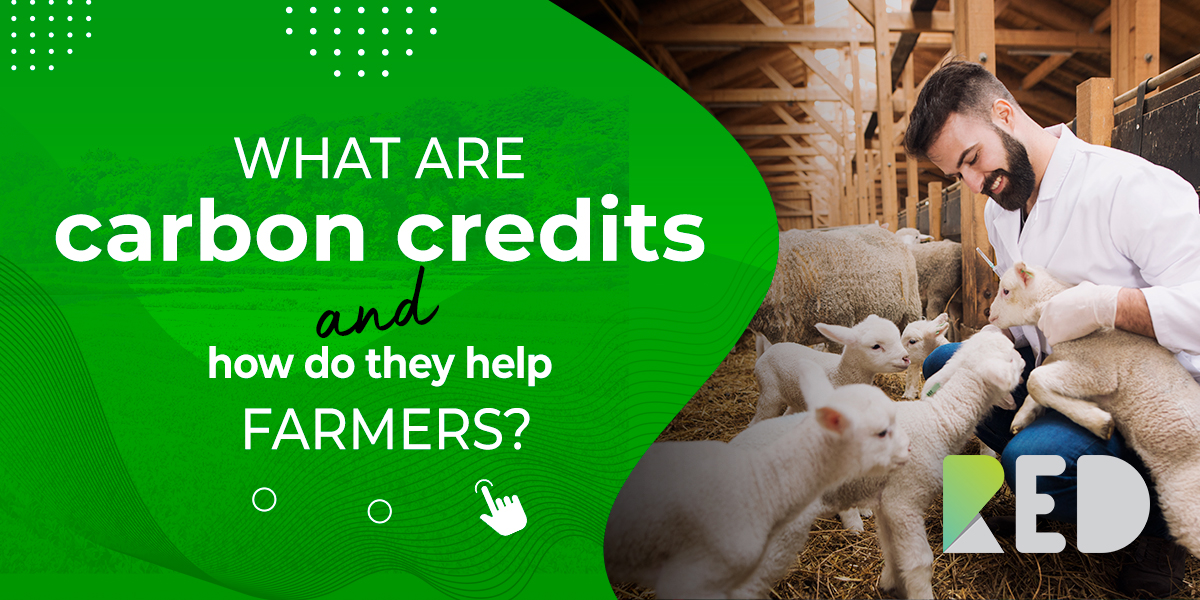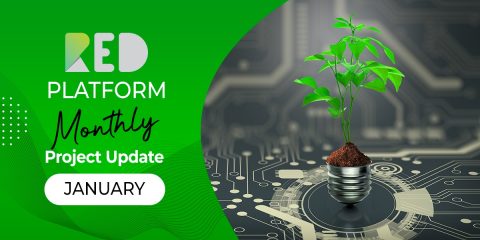Many around the globe are putting efforts to minimize global warming creating new revenue prospects for farmers throughout the world. This is how the concept of carbon farming was born. Many governments worldwide have begun to try to slow climate change by restricting the quantity of greenhouse gases (GHGs) that businesses may produce. Large emitters, such as power plants, are authorized to change their operations or pay others to cut emissions to comply with these requirements. Large polluters frequently find that paying others is less expensive than retrofitting their facilities to minimize emissions.
Man-made greenhouse gas emissions exacerbate climate change. This endangers the livelihoods of African smallholder farmers, who are already among the world’s most vulnerable farmers. Soil degradation persists throughout Sub-Saharan Africa, exacerbating food shortages. Combating climate change and soil deterioration necessitates a reduction in atmospheric CO2. Sustainable agricultural techniques may both trap carbon and promote soil health.
Agriculture and climate change
Agriculture plays an essential role in climate change. Agricultural activities can generally lower emissions more cheaply than major emitters like power stations. Some farmers and ranchers can cut carbon emissions by lowering stocking rates or shifting from conventional to reduced or no-tillage agriculture in Texas. Carbon credits might be sold to major corporations that need to cut emissions.
What is carbon farming?
Carbon farming is a whole-farm strategy to improve carbon capture on working landscapes by employing measures that have been shown to increase the rate at which CO2 is taken from the atmosphere and stored in the material and soil organic matter. Carbon farming is a methodology for interacting with the agroecosystem processes that drive system change. Carbon farming expressly acknowledges that solar energy goes through farm ecosystem dynamics and that carbon is the energy carrier inside the farm system.
Two ways farmers can enter carbon marketplace
Farmers contemplating selling carbon credits should carefully analyze all marketplaces and the terms and conditions of participation. Farmers often enter carbon markets through one of two methods: an aggregator or a data manager.
Aggregator
Under contract terms, the farmer sells the entire project, control, and credits to the aggregator. The aggregator then controls carbon credits, including when to sell, how much to charge, and what data is provided.
Data Manager
A farmer pays a data manager a fee or a portion of income to assist them in entering the marketplace. The farmer has not sold actual project interests or carbon credits.
Effects of carbon farming
Farmers employ the power of the soil to capture carbon emissions from neighboring industries, infrastructure, and homes in carbon farming. This results in a healthier environment, more fruitful and resistant agriculture, and chances for various partners both inside and outside the agri-food chain.
Issues with carbon farming
Few experts argue that soils are significant carbon sinks. However, complications occur when private corporations attempt to measure the amount of carbon sequestered by these farming techniques and convert it into a financial payout.
Purchasing soil carbon credits is like investing in hazardous and unpredictable penny stocks. Pay a farmer to practice no-till agriculture for ten years, and if he decides to till up his land in year 11, the carbon will be re-released. The profits are gone, but he keeps the money. Natural disasters can also wipe out farm profits, such as flooding or wildfires.
Another problem is that markets do not compensate farmers adequately per ton of CO2. Farmers may need to spend significantly on carbon-capturing methods.
Collaborate to improve local environment
Chain stores and farms can collaborate to promote carbon farming on product packaging. Companies outside the agri-food chain can also purchase carbon farming credits to offset their emissions. The cash payout for the farmer provides an incentive to use carbon sequestration techniques on the soil. In contrast, the local carbon offset offers benefits to the firm, such as product branding, a favorable image, and meeting sustainability targets.
Carbon farming is so much more than just using soil management practices on farms to sequester carbon. It is also about farmers and partners working together to enhance the local environment!
The RED Platform wants to do the same when it comes to onboarding sustainable projects to the platform by franchisees and generating Green Sustainability Certificates for companies and individuals.
If you want to know more about the platform, click on the following link: Home – RED (landingpage.redplatform-dev.com)



